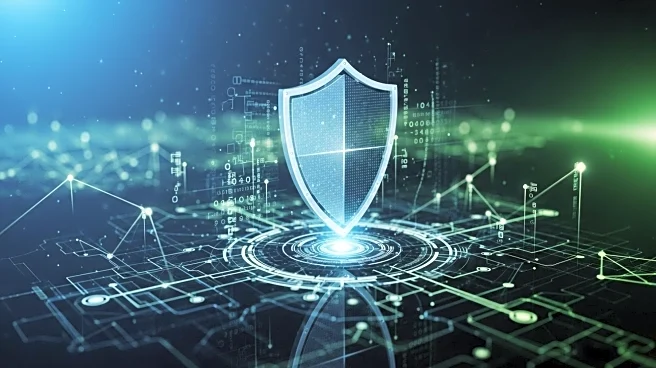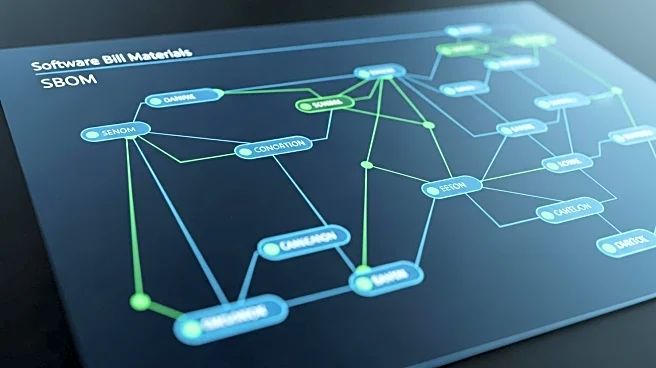What's Happening?
The Department of Health, Disability and Ageing is set to consolidate its cybersecurity operations into a single provider as part of a comprehensive uplift program. This initiative aims to unify frontline threat detection, orchestration, and rapid response, moving away from a fragmented approach to cybersecurity procurement. The department has issued a request for tender to manage the planning, implementation, operation, and continuous improvement of its cybersecurity environment. The selected partner will oversee existing tools such as Tenable-based vulnerability management, Splunk-based security information and event management (SIEM), and Microsoft Defender. Additionally, the department seeks to enhance threat awareness through frameworks like MITRE ATT&CK and MaGMa, integrated with cyber intelligence sharing feeds. This move follows the appointment of David Lang from Services Australia as the new cybersecurity leader, who will continue the rollout of the department's ongoing cybersecurity uplift program.
Why It's Important?
The centralization of cybersecurity operations by the Department of Health is crucial for improving the efficiency and effectiveness of threat detection and response. By consolidating these operations, the department aims to streamline processes and reduce the complexity associated with managing multiple cybersecurity tools and providers. This approach is expected to enhance the department's ability to respond swiftly to cyber threats, thereby safeguarding sensitive health data and maintaining public trust. The integration of advanced frameworks and intelligence sharing feeds will further bolster the department's threat awareness, ensuring a proactive stance against potential cyber attacks. This initiative reflects a broader trend in public sector cybersecurity, emphasizing the need for robust and unified security measures to protect critical infrastructure.
What's Next?
The Department of Health will proceed with the tender process to select a suitable partner for its centralized cybersecurity operations. Once a partner is chosen, the department will begin the implementation phase, focusing on integrating existing tools and enhancing threat detection capabilities. Stakeholders, including government agencies and cybersecurity firms, are likely to monitor this development closely, as it may set a precedent for similar initiatives in other sectors. The department's ongoing cybersecurity uplift program, led by David Lang, will continue to evolve, potentially influencing future public policy and investment in cybersecurity infrastructure.
Beyond the Headlines
The centralization of cybersecurity operations by the Department of Health may have broader implications for the public sector's approach to cybersecurity. This move could prompt other government agencies to reconsider their cybersecurity strategies, potentially leading to increased collaboration and resource sharing across departments. Additionally, the focus on integrating advanced frameworks and intelligence feeds highlights the growing importance of data-driven decision-making in cybersecurity. As cyber threats become more sophisticated, the need for comprehensive and unified security measures will likely become a priority for public and private sector organizations alike.











